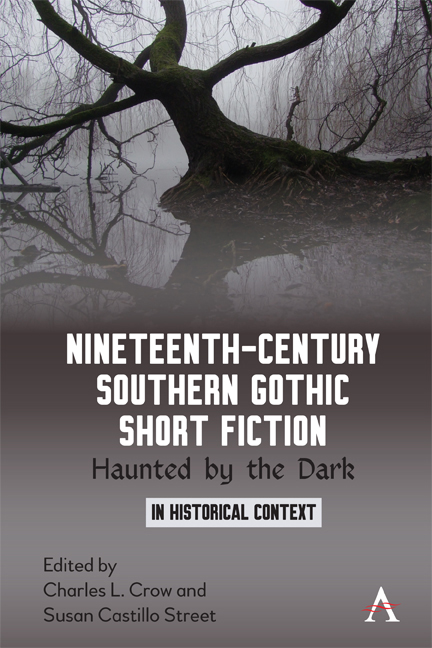Chapter Seventeen - Leonora Sansay, from Secret History; or, The Horrors of St. Domingo: Letter II, Letter XXI (1808)
Published online by Cambridge University Press: 20 January 2022
Summary
Leonora Sansay was born in Philadelphia in 1773. Her father died at sea shortly thereafter, and her mother's second husband owned the Half Moon Tavern, which was a gathering place for local politicians. It is possible that she may have met her patron Aaron Burr there. The nature of their relationship has been the subject of debate; most critics agree that she was his mistress, though others maintain that they were simply friends. Whatever the case, she married Louis Sansay, a New York merchant who had fled from St. Domingue following the turbulence in the wake of the slave revolt in the 1790s. In 1802, Louis Sansay traveled to St. Domingue to reclaim his plantation, taking Leonora with him. Burr had given assurances to Leonora that the French forces would subdue the rebellion in less than a month, but in 1803, the black army was victorious against the French, and Leonora and her husband fled to Cuba. Aaron Burr's fortunes also took a downturn. After killing Alexander Hamilton in a duel, he was acquitted on charges of treason, after which he fled to Europe for four years.
Leonora Sansay was aware that her relationship with Burr had become a liability. She managed, however, to transform her eyewitness experiences in St. Domingue and her love affair with Burr into very considerable assets, exploiting the reading public's fascination with accounts of racialized violence and news of Burr's controversial career. Her Secret History caused a sensation when it was published in 1808, offering readers a vivid eyewitness account of the people, places and events in Haiti at the time of the Haitian Revolution.
Text: Leonora Sansay, Secret History caused sensation on its publication in 1802, offering to readers an extraordinarily eyewitness account of events in Haiti, with its vivid evocation of the historical moment it describes. (Philadelphia, PA: Bradford & Inskeep, 1808).
LETTER II
Cape Francois.
What a change has taken place here since my last letter was written! I mentioned that there was to be a grand review, and I also mentioned that the confidence General Le Clerc placed in the negroes was highly blamed, and justly, as he has found to his cost.
- Type
- Chapter
- Information
- Nineteenth-Century Southern Gothic Short FictionHaunted by the Dark, pp. 159 - 164Publisher: Anthem PressPrint publication year: 2020



